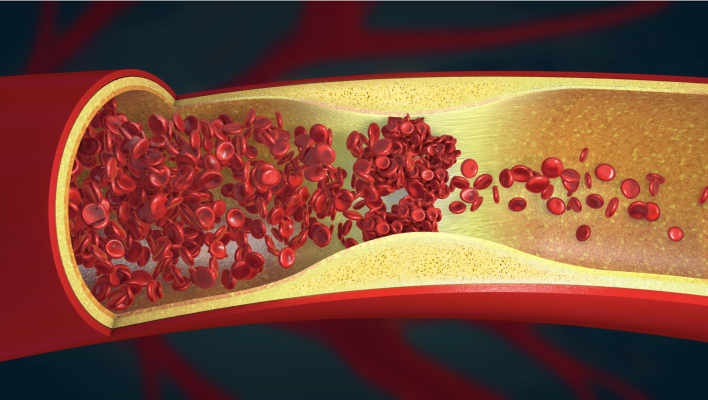Stroke remains one of the leading causes of death and disability worldwide. As the global population ages and lifestyle factors contribute to an increase in stroke cases, healthcare systems are continuously seeking advanced solutions to manage this life-threatening condition. Mechanical thrombectomy has emerged as a groundbreaking treatment for acute ischemic stroke, offering a highly effective method to remove blood clots from brain vessels and restore normal blood flow. The mechanical thrombectomy devices market is experiencing rapid growth, thanks to technological innovations, improved patient outcomes, and a shift toward minimally invasive procedures.
What Is Mechanical Thrombectomy?
Mechanical thrombectomy is a medical procedure used to remove blood clots from large blood vessels in the brain, a condition typically associated with ischemic strokes. Ischemic strokes occur when a blood clot blocks a cerebral artery, limiting blood flow to vital brain tissue and causing potential long-term damage. Mechanical thrombectomy devices, such as stent retrievers and aspiration catheters, allow healthcare providers to remove these clots quickly and efficiently, reducing brain tissue damage and improving patient recovery rates.
Why the Market Is Growing
- Increasing Stroke Prevalence: Stroke is a major global health problem, with the World Health Organization estimating that approximately 17 million people suffer a stroke each year. As the aging population increases, the incidence of stroke is expected to rise, creating a growing demand for effective treatment options like mechanical thrombectomy.
- Technological Advancements: Over the past few years, the design and functionality of thrombectomy devices have significantly improved. Stent retrievers, for instance, have evolved to become more efficient in clot extraction, while aspiration devices are gaining popularity due to their ability to suction clots directly. These advancements make mechanical thrombectomy a highly effective treatment for patients who otherwise may have limited options.
- Minimally Invasive Procedures: Minimally invasive techniques are becoming the standard for many medical procedures, including stroke treatment. Mechanical thrombectomy allows doctors to perform the procedure with minimal incisions, reducing the risks associated with traditional surgery. This also leads to shorter recovery times, fewer complications, and faster discharge from the hospital, which are key benefits for both patients and healthcare providers.
Market Outlook and Growth Potential
The mechanical thrombectomy devices market is projected to grow at a compound annual growth rate (CAGR) of 8.5%, reaching an estimated USD 3.2 billion by 2030. North America currently holds the largest market share, thanks to advanced healthcare infrastructure, high stroke prevalence, and a high rate of adoption of advanced medical technologies. However, the Asia-Pacific region is expected to witness the highest growth rate during the forecast period, driven by increased healthcare spending and rising awareness about stroke treatment.
Conclusion
As stroke rates continue to climb globally, the demand for innovative and effective treatments like mechanical thrombectomy will only increase. The market for thrombectomy devices is set for robust growth, fueled by technological advancements, the rising stroke burden, and the increasing preference for minimally invasive procedures. Healthcare professionals and patients alike are benefiting from these advancements, leading to better outcomes and, ultimately, improved quality of life.



